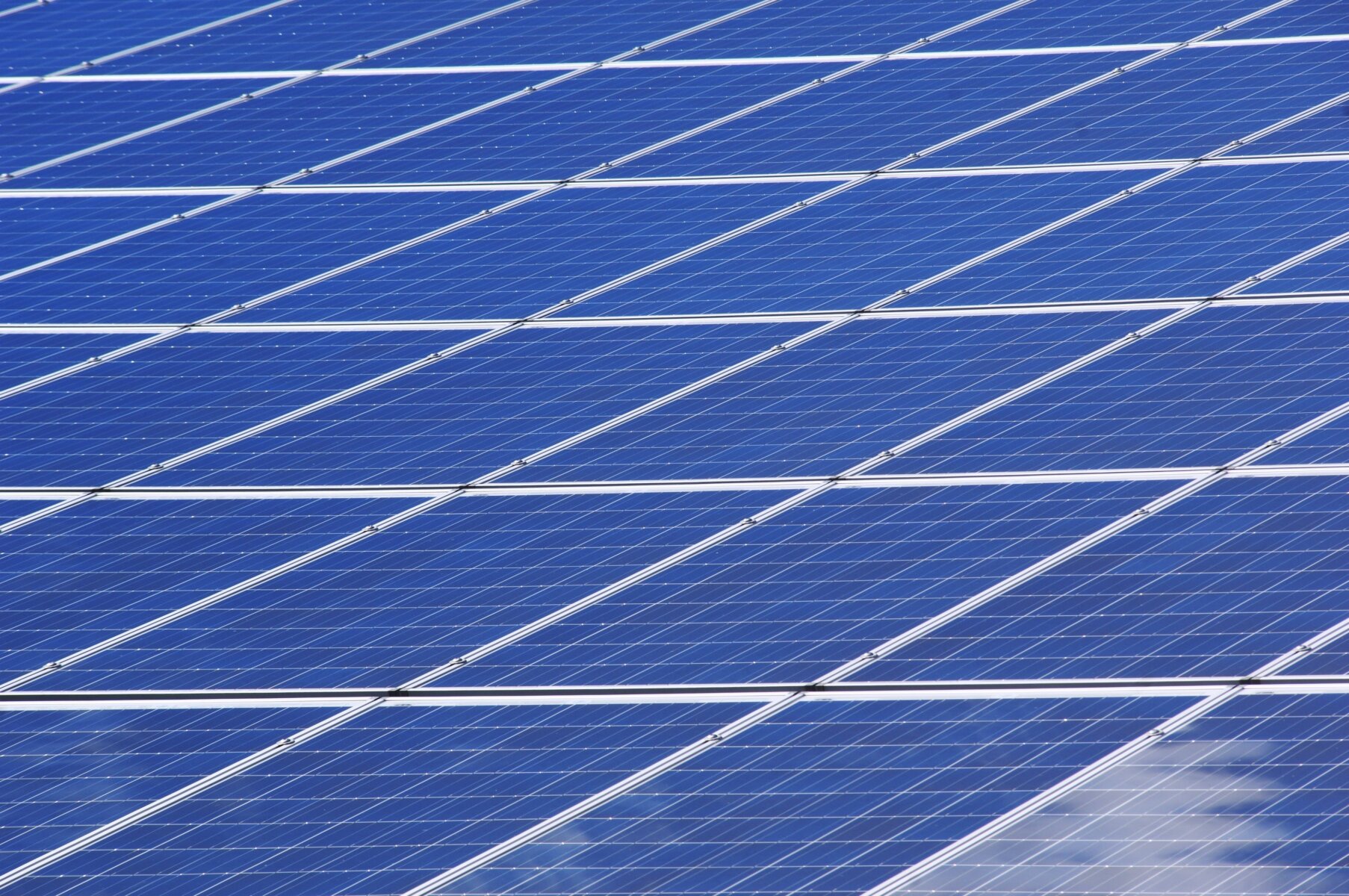
Position Statement: Solar Panels
The Surrey Hills AONB Board recognizes and supports the renewable energy benefits of solar panels and is therefore generally supportive of solar power. At the same time, solar panel arrays can harm the landscape and scenic beauty of this nationally protected landscape. Therefore, careful assessment needs to be given to ground mounted solar panel proposals. The priority should be given to opportunities provided through installing solar panels on roofs, especially on new buildings, which provide the greatest opportunity to minimize visual impact and maximize operational efficiency through good design. Innovative methods of providing solar panels, such as above large car parks, should also be explored.
Retro-fit on existing buildings will normally be acceptable, as long as it does not adversely affect a listed building or its setting, or have an adverse impact on the character of a Conservation Area or any other location where local character is significantly influenced by the quality of the built environment. However, even in these situations, innovative solutions, for example the use of individual solar tiles, may successfully overcome these issues.
Self-standing panel installations for domestic use can, in some situations, have less visual impact upon the landscape than on roofs of visually prominent buildings but will only be acceptable if no suitable roof-mounted alternative is available, and there is no adverse visual impact affecting public viewpoints. They should avoid any adverse impacts on trees or other habitats of ecological importance. Each case needs to be considered on its merits as in some situations less visual harm can occur from roof mountings.
The great weight that national and local planning policies in the Surrey Hills AONB give to conserving and enhancing an AONB means that in these areas, large-scale commercial solar farms (i.e., field-scale arrays of self-standing panels) within the AONB should clearly be avoided. With smaller scale solar panel proposals, the preference should normally be to locate them on commercial roof space, including agricultural buildings, domestic roofs and surface car parks that could be harnessed with less or little impact on the landscape, tranquility and cultural heritage. But they should avoid having a dominant visual impact on the AONB. In some cases, a better alternative might be for small scale ground mounted solar panels. The setting and circumstances of each case will need to be considered on their merits
Outside of the Surrey Hills AONB, large-scale commercial solar farms may be acceptable provided the setting of the AONB would not be spoiled by harming public views into or from within the AONB. This approach accords with Government planning policy, Surrey Hills AONB Management Plan Policy P6 and possibly the relevant Local Plan. Much depends upon the scale of the proposal, proximity to the AONB, prominence in public views from the AONB, the intervening topography and existence of woodlands screening the development and likely to exist during the lifetime of the development.